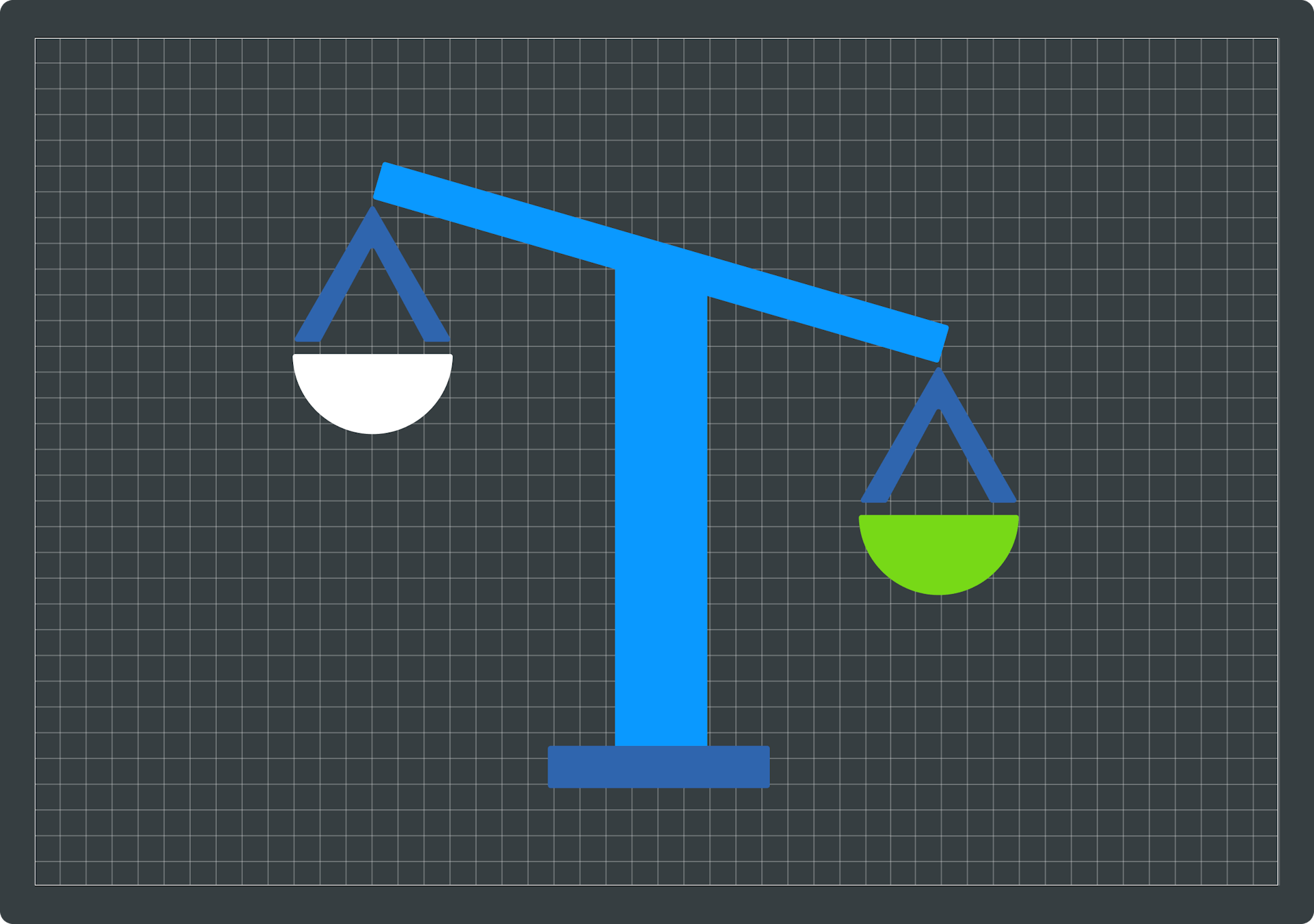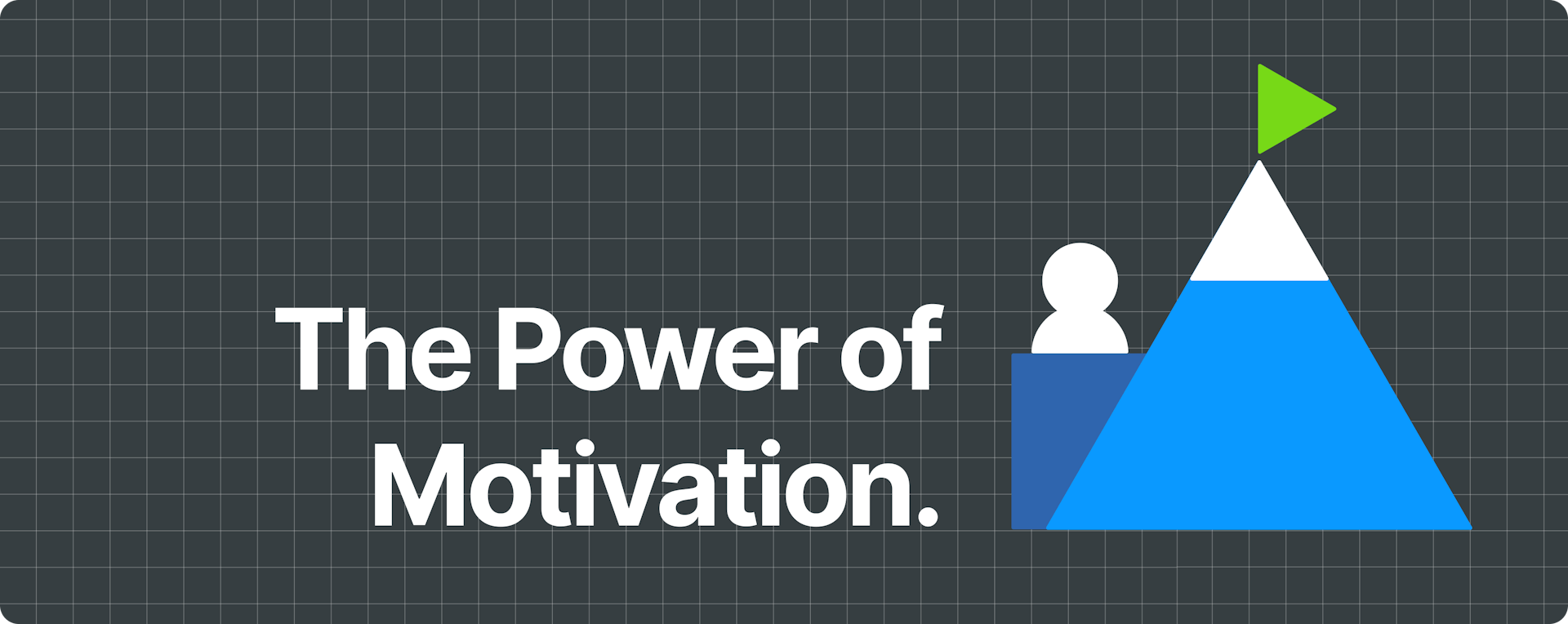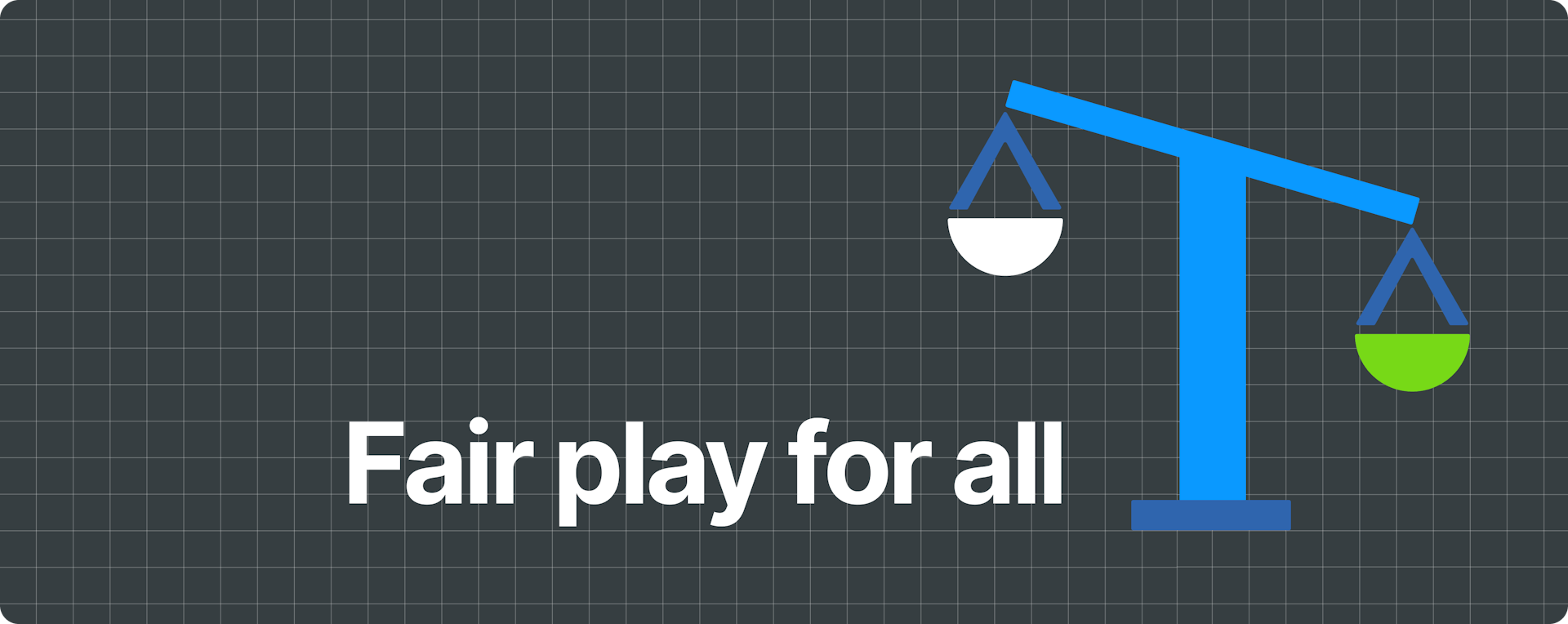The Ethics of Gamification in a Digital Product

In the world of Tech, Gamification is everywhere at the moment. Education, Fitness, Retail, Finance are just some of the sectors that have adopted game mechanics into their user journeys. Sounds fun, right? Unfortunately, there’s more to it than just fun and games. There is an ethical side of gamification that is really important and should be given plenty of thought during the design process.

The Power of Motivation
First off, gamification can be an incredible tool for motivation. Who doesn’t like a bit of friendly competition or a shiny badge to show off their achievements? It can turn mundane tasks into exciting challenges, making everything from learning new skills to staying organised a lot more enjoyable. But, like any tool, it’s all about how you use it. Finding a balance between intrinsic and extrinsic motivation is not an easy move as external motives can quickly diminish a user's original love for completing a task.

Transparency is Key
One of the first ethical considerations is transparency. Users should always know they’re being gamified. Imagine how frustrated you’d be when playing a game without knowing the rules. The same goes for gamification. If your users aren’t aware of the game mechanics in place, it can feel manipulative. Be clear about what actions earn rewards and why.
An example of where this isn’t so transparent is the dating app Tinder. Tinder displays potential ‘matches’ like a pack of cards and asks the user to swipe through them deciding who they would like to match. To keep the user engaged, Tinder has decided to shuffle the pack and hide actual matches throughout the deck. In search of the dopamine hit, users are forever chasing the next hit, not knowing if the next card might be a match. This is intentional and not very transparent to the user.

Don't Overdo It
Balance is crucial. While a bit of competition can be motivating, too much can lead to burnout or stress. It’s like adding salt to a dish – just enough can enhance the flavour, but too much can ruin it. Make sure your gamification elements encourage healthy engagement and don’t pressure users into overworking or obsessing over points. A one size fits all system with daily streaks and the theory of loss aversion have the potential to cause stress and obsession for a user that might not fit the mould. By adding personalisation, it allows the user to play the game in a way that suits them.

Privacy Matters
Privacy is also very important. Gamification often involves tracking user behaviour to reward certain actions. It’s essential to handle this data responsibly. Only collect what you truly need, keep it secure, and be upfront with your users about how their data is used. Trust is hard to earn and easy to lose.

Fair Play for All
Inclusivity is a must. Gamification should be designed to be accessible to everyone, regardless of their abilities. Think about diverse user needs when designing your game elements. The goal is to make the experience more engaging for everyone, not to create barriers. Make sure you are constantly testing your designs with a diverse group of users to keep on top of this. Not only do you keep it accessible, you will most likely find some great opportunities for further development.

Meaningful Rewards
Finally, make rewards meaningful. A badge or a point system is great, but it should genuinely add value to the user’s experience. Rewards should feel earned and worthwhile, not just like a gimmick. This helps maintain user trust and engagement. A great way to achieve this is by making the rewards part of a narrative. If you create a challenge in a fitness app to complete a certain distance of cycling, offer a reward that makes sense, like a discount on cycling accessories. If you don’t, you might find that your core user base starts losing interest.
Final Thoughts
Gamification, when done ethically, can transform user experiences and make digital interactions a lot more fun. But remember, with great power comes great responsibility. Keep it transparent, balanced, respectful of privacy, inclusive, and meaningful. Play fair, and your users will thank you for it!
Do you want to learn more about how we can bring ethical gamification to your project? Reach out to us at Rocketmakers. Let’s build brilliant software together!



